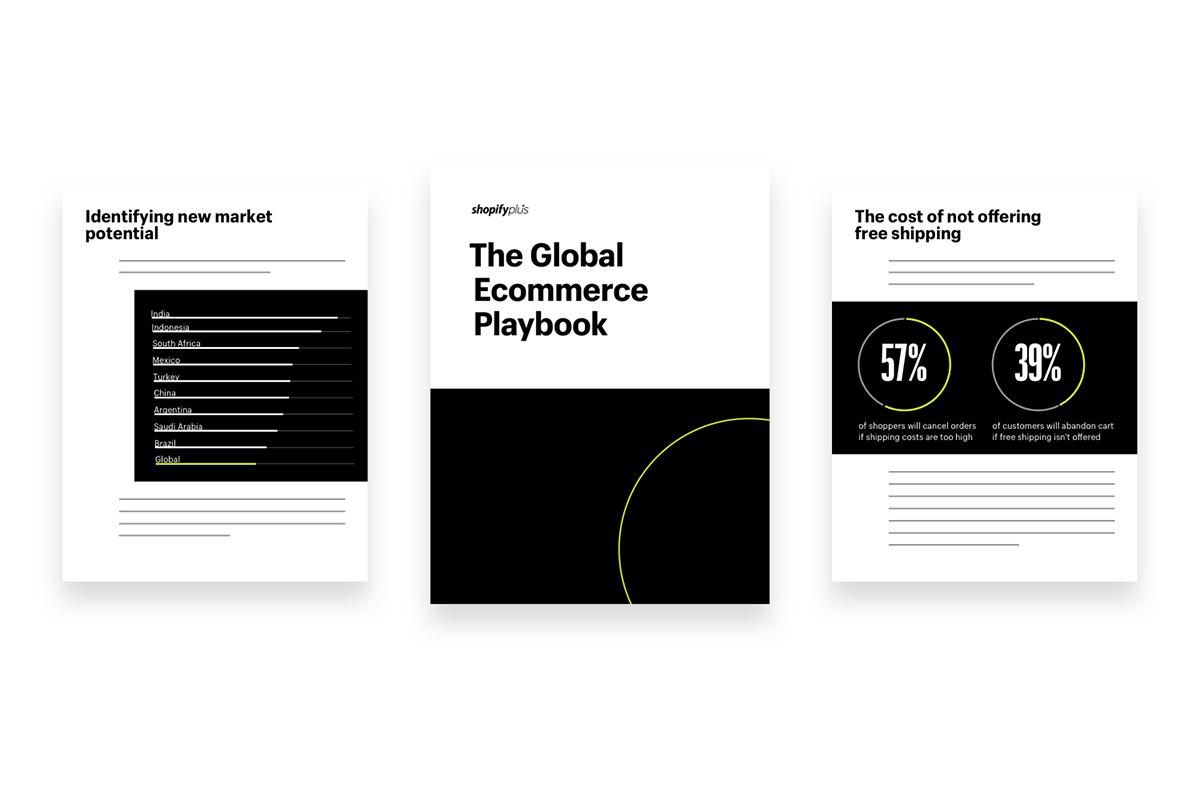What can we learn from Gymshark and Simba? When it comes to global commerce, true localisation is key and speed isn’t always the answer.
They’ve never heard of your brand, don’t speak your language, and live half a world away. Yet selling to consumers all over the world is an opportunity you simply can’t resist. Especially when you consider that nearly 84% of global ecommerce sales happen outside of Western continents like North America and Europe.
Fortunately, you’re not the first to tread this path. Gymshark and Simba have both successfully built multi-million dollar businesses from the UK. Whether you’re planning, launching or growing, follow in their footsteps and heed their advice for mastering international expansion.
-
Do your research
Simba, the mattress e-commerce startup mastering the ‘simplicity of sleep’, hit USD 100M+ through internationalisation. When it comes to going global, they know their stuff.
Simba Founder and Co-CEO, Steve Reid, said in-depth research is fundamental and advised starting from scratch. “We operate on the assumption that we don’t know anything about any new market.” What does that look like in practice? A team whose sole job is to research new territories and truly understand those cultural nuances. They’ll travel across the world, get face-to-face time with prospective customers and investigate how they like to shop, pay and even sleep. For example, in Germany people prefer to sleep on two single mattresses pushed together – a cultural preference reflected in the imagery and product suggestions on the German site.
-
Go where your customers are
Gymshark, one of the fastest growing fitness apparel brands in the world, chose to physically bring their brand to their international customers by organising their own world tours, giving their fans a chance to interact with their fitness idols in person.
Popping-up in the markets you’re considering and physically bringing your brand to those customers is made easier than ever with companies like Appear Here who will help you find space, fit out your store and bring it to life for a short period of time.
For other ways to test your brand in new markets, see the Global Ecommerce Playbook.
-
Localise don’t internationalise
International consumers should never suspect you’re from another part of the world when visiting your international online store. Local URLs (example.de, example.com.au) and translated content are just the beginning – you can translate your online store perfectly, but unless you sell in multiple currencies, your global ambitions will stall.
Then you have payment options. Up to 16% of shoppers abandon cart if their preferred option isn’t available. This was a key insight for Simba to achieve success in the German market where invoice after purchase (Auf Rechnung) is the preferred way to pay.
A standard checkout form is never one-size-fits-all. Countries and regions format phone numbers, mailing addresses, and postal codes differently. In Italy and Mexico, the house number comes after the street name. In Japan most streets don’t even have names so you need to include the block number.
As Simba’s Steve Reid says: “localise don’t internationalise”. Small regional factors can have a huge impact on your conversion rates and global success.
-
Embrace ecommerce automation
More than just a localised experience, you want to be able to offer personalised customer journeys in your various regions too. Gymshark use automation tool, Shopify Scripts, to customise the checkout, automatically hide particular shipping options based on customer location, and run site wide promotions for major events or campaigns.
There is so much to consider for internationalisation that being able to automate a large portion of your ecommerce activities can make going global possible, particularly if time is a hindrance to your growth.
Are you ready to scale internationally?
Download the Global Ecommerce Playbook and learn how to expand your business the right way.






